Abstract
The receiver temperature for the next-generation concentrated solar power will be increased from about 560 °C to more than 700 °C, which increases heat losses and decreases receiver efficiency. To meet the challenge, coupled optical and thermal performance of a fin-like molten salt receiver is numerically evaluated by combining Monte Carlo Ray Tracing method and Finite Volume method.
The numerical model is firstly validated by comparing the calculated results with the experimental results of the Solar Two plant. After validation, the model is used to obtain the optimal configuration of the fin-like receiver by parametric optimization. Then, efficiencies of the optimal fin-like receiver are compared with those of two cylindrical receivers under different time and weather conditions. In the end, solar flux distribution of the optimal fin-like receiver is analyzed.
The results show that when the receiver diameters are the same, the efficiency of the optimal fin-like receiver, with a fin number of 12 and an inner diameter of 1.0 m, has an improvement of 3.8% compared with that of the cylindrical receiver at noon of spring equinox. Besides, the fin-like receiver can also achieve higher efficiencies than the two cylindrical receivers under different time and weather conditions. Moreover, the peak solar flux of the fin-like receiver is also reduced, which is smaller than that of the cylindrical receiver by 38.6% at noon of spring equinox under the same receiver diameter.
Keywords:Next-generation concentrated solar power,Fin-like receiver,Receiver efficiency,Solar flux distributions
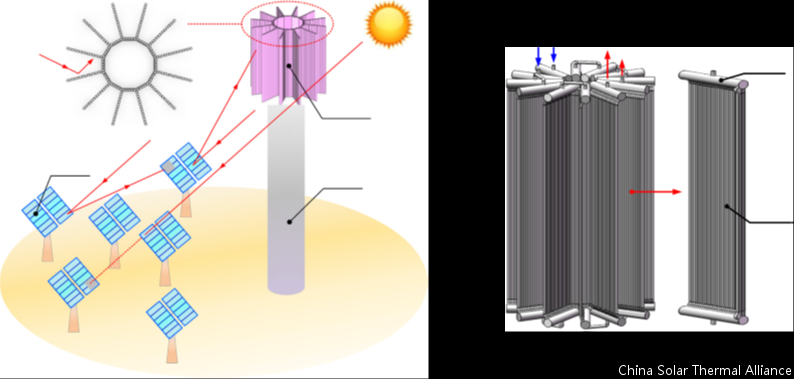
Fig. 7. Optical processes in the heliostat and receiver. (left)
Fig. 20. Preliminary design of the fin-like receiver. (right)
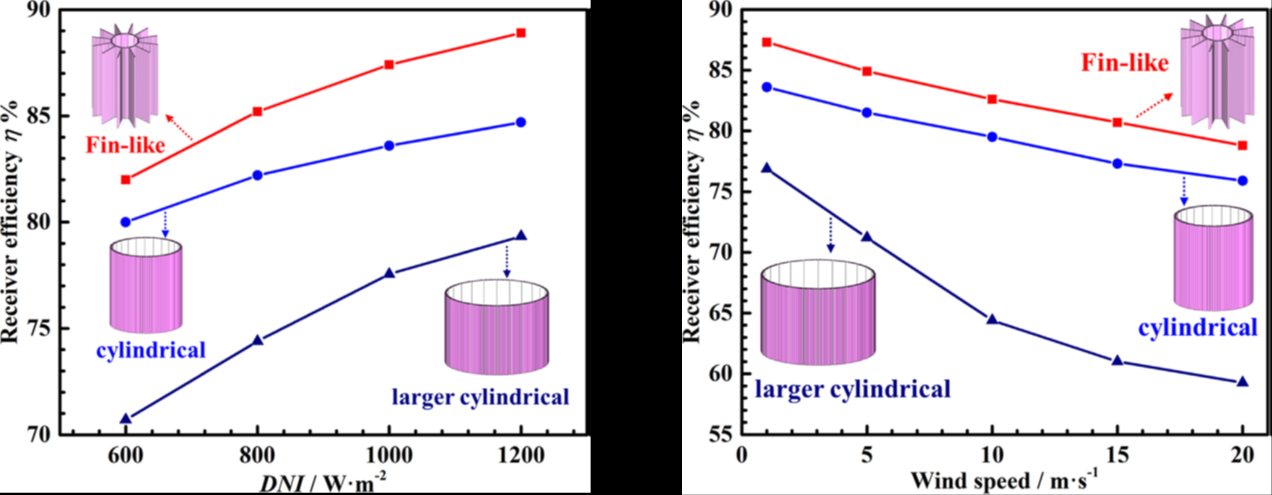
Fig. 16. η at different DNI, Tambient = 15°C, ts = 12:00. (Left)
Fig. 17. The variation of η with the wind speed, Tambient = 15 °C, DNI = 982 W·m2, ts = 12:00. (Right)
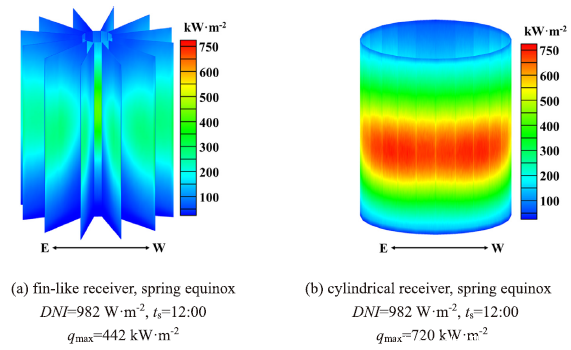
Fig. 18. Solar flux distributions at noon of three typical days under the same receiver diameter.
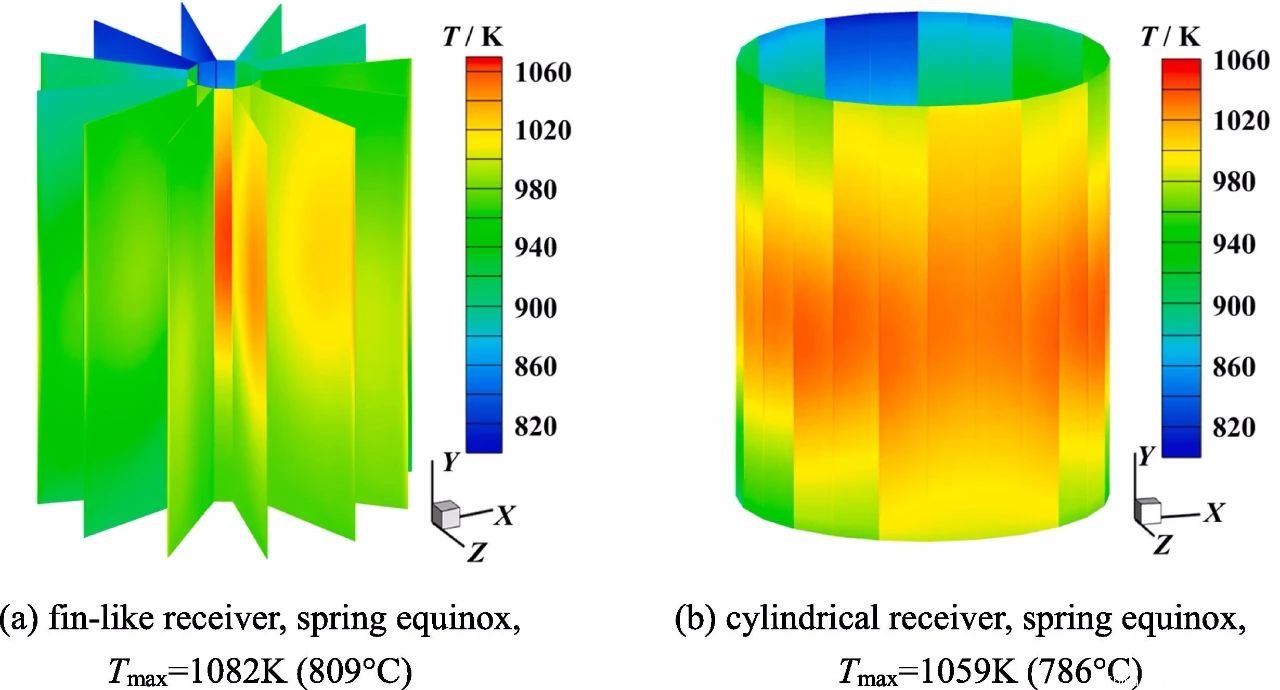
Fig. 19. Temperature distributions at noon of spring equinox under the same receiver diameter.
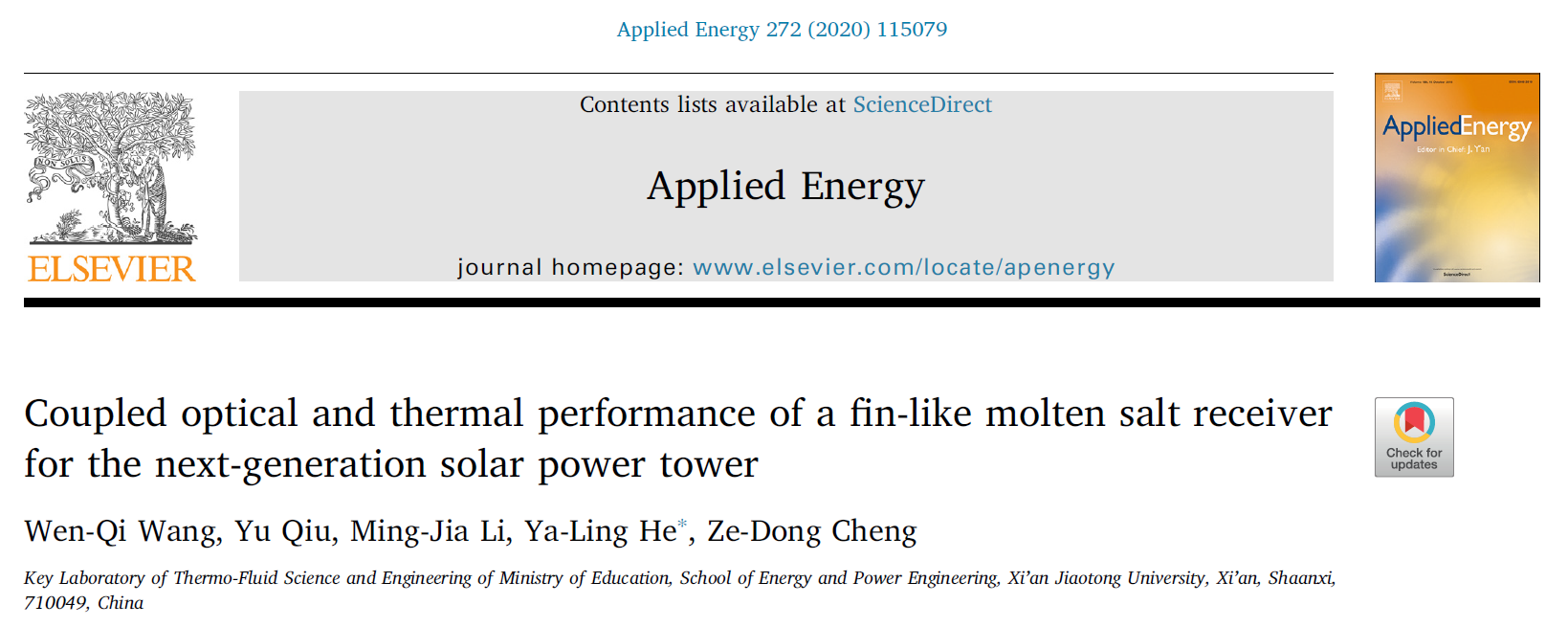
Highlights
-
A coupled optical and thermal numerical model for solar receiver is developed.
-
Geometry of the fin-like receiver is optimized, and optimal results are obtained.
-
Efficiency and solar flux distributions are compared with cylindrical receiver.
-
An increase of 3.8 percent points in receiver efficiency is gained.
-
A decrease of 38.6% in peak solar flux is achieved by fin-like receiver
https://www.sciencedirect.com/science/article/pii/S0306261920305912


